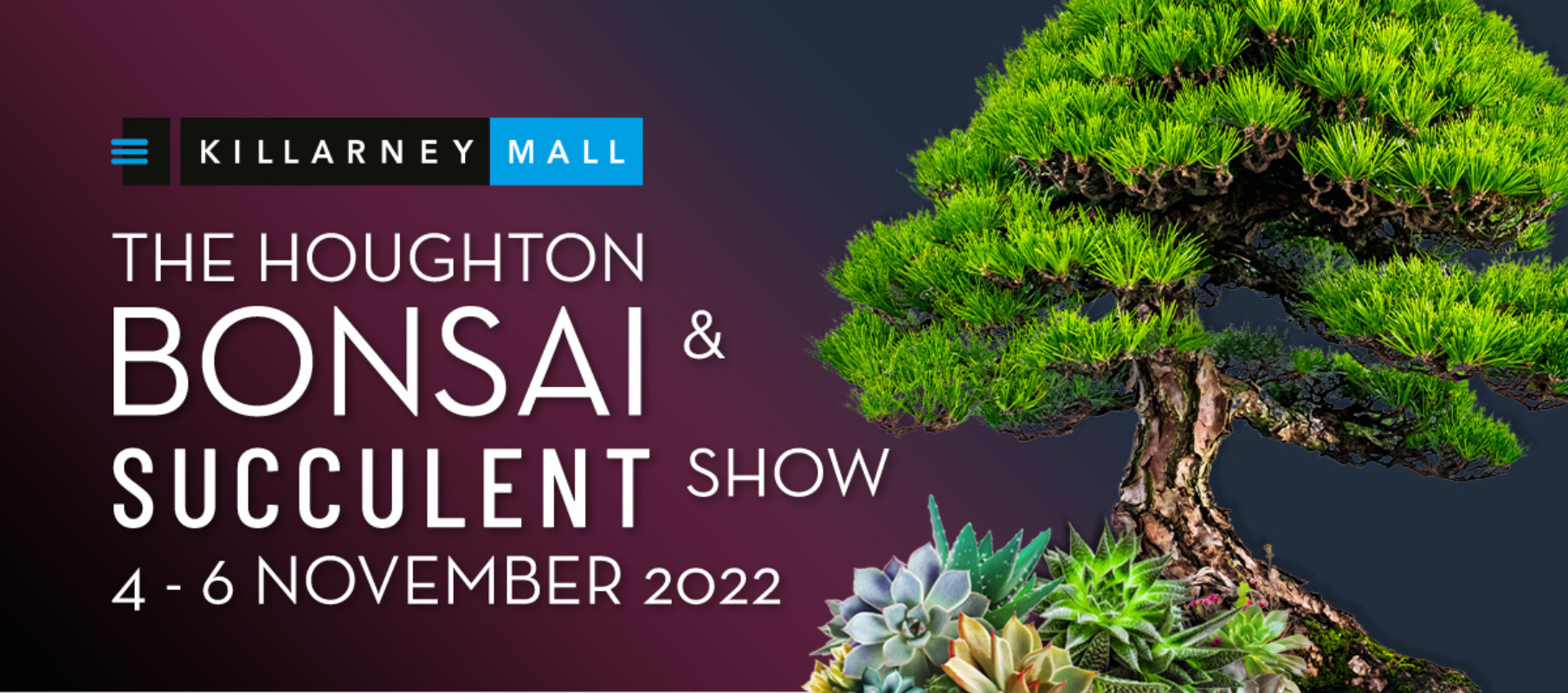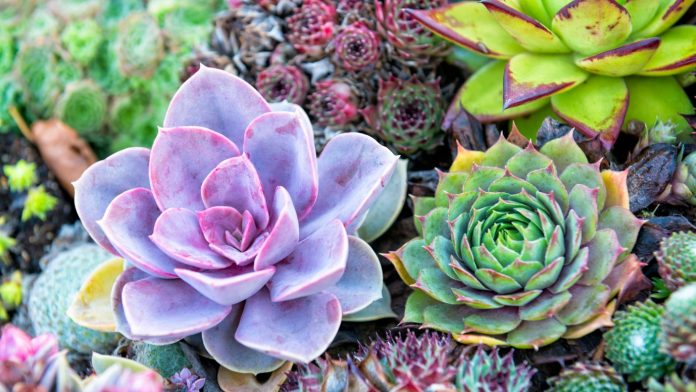If your garden or patio has been affected by the latest water restrictions, or if you simply want to drought-proof your green space – growing a succulent garden is a fantastic idea. Here’s why!
Growing plants in our dry South African climate with limited water is not easy. Plants tend to perish from the heat and don’t survive long in low water conditions. You can, however, still maintain a charming green space if you choose to grow succulents and cacti instead of traditional houseplants.
Growing succulents is a great way to reduce your water bill while maintaining your green sanctuary. hey come in a variety of colours and sizes and are resilient enough to withstand high temperatures. By switching to succulents you will be amazed not only by how great your garden or patio looks but also how much water you can save to the benefit of your household.
Keith Witelson, treasurer of the Johannesburg Succulent Society (JSS), shares these basic guidelines in order to see your succulents thrive:
- Soil
Succulents require fast-draining soil with low organic matter in order to avoid fungal infections. Generally, you should avoid clay-like soils, soils with too much uncomposted organic matter, and soils that hold water without drying out. A good general mix is washed river sand (to get rid of the clay), regular garden soil, and perlite in equal parts. You can buy river sand from most hardware stores. - Sun/shade
Not all succulents grow in full sun, in fact many grow under the cover of “nurse plants” which are larger shrubs that absorb the more damaging heat of the day. An easy way to determine a plant’s needs is to start in the shade and slowly move to the sun while observing how happy it looks in each environment. Too much shade will make your plants etiolate, which just means they’re stretching out to get sun and this can often lead to an unpleasant form. The most important thing to remember is that roots should be kept cool where possible, so if you are growing your succulent in a pot make sure that it isn’t sitting on a baking surface and has plenty of airflow. - Watering
The majority of succulents only require watering weekly, while some species can survive for months without any water at all. It is important to consider how much sun your succulents are exposed to as well as the type of soil, which can make a massive difference in the watering schedule. Look for wrinkled and curled leaves and stems and let that tell you when to water. Most succulents have a rapid growing season in the spring and summer, so avoid watering excessively when your plant is dormant. When you purchase a new succulent, be sure to read the tag that comes with the plant, talk to an experienced gardener, or ask the salesperson how to care for it. - Repotting
Succulents should not be repotted too frequently as a repot damages the roots and increases the chances of a fungal infection (rot). For succulents with deep or fleshy roots you can water well to allow the plant to absorb lots of water, dig it up, leave it to dry in a shady spot with good ventilation, and then repot it after a week to ensure that any root damage has calloused over.

Visit the Houghton Bonsai and Succulent Show to find out more about succulents, bonsai and orchids. The show is one of Johannesburg’s fastest-growing horticultural event for anyone interested in bonsai trees and popular and rare succulents. The event attracts thousands of visitors to Killarney Mall to learn about, view and shop bonsai and succulents for their homes. The event is held from 4 – 6 November 2022 at Killarney Mall (60 Riviera Road, Killarney, Johannesburg). You can find out more on https://www.bonsaiandsucculentshow.com/






